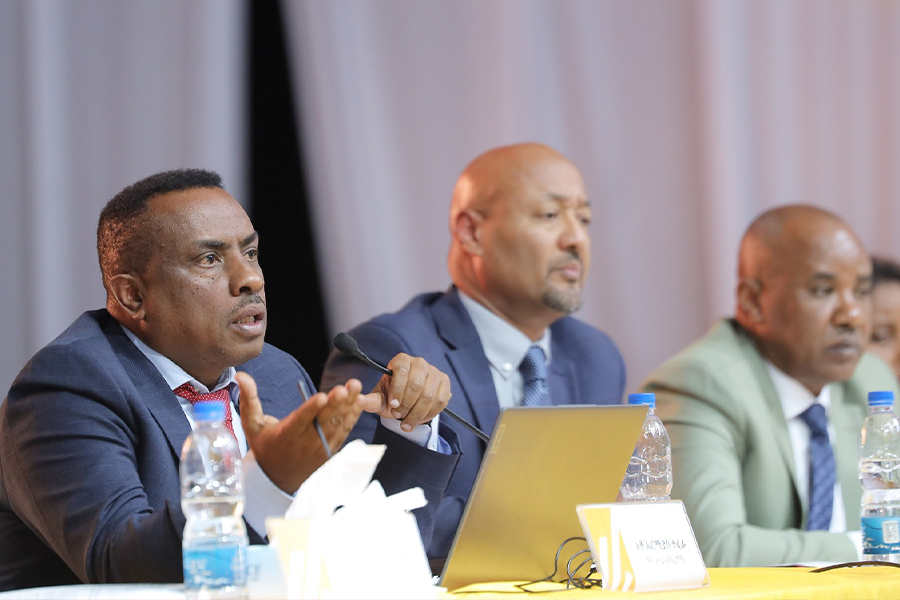
Apr 17 , 2020
By GELILA SAMUEL ( FORTUNE STAFF WRITER
)
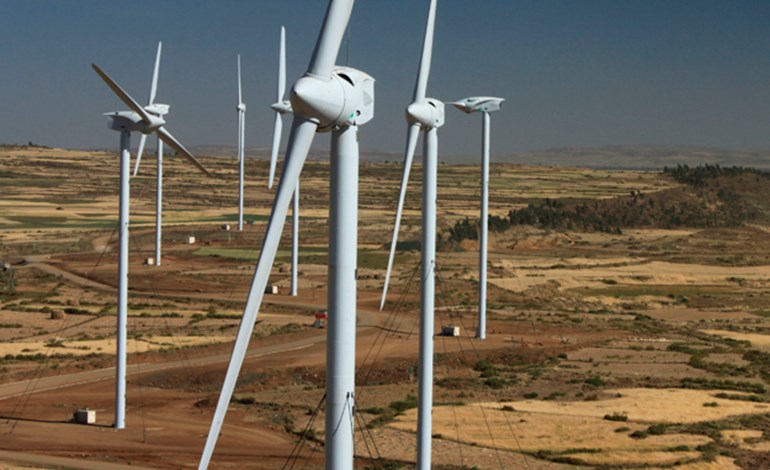 The board of the Directorate General of Public-Private Partnership, under the wing of the Ministry, has chose the wind farm projects to be developed for the current fiscal year.
The board of the Directorate General of Public-Private Partnership, under the wing of the Ministry, has chose the wind farm projects to be developed for the current fiscal year. The Ministry of Finance has added five wind energy projects to the list of those to be developed under public-private partnerships (PPP) for the first time.
The board of the Directorate General of Public-Private Partnership, under the wing of the Ministry, has chose the wind farm projects to be developed for the current fiscal year.
The board approved the five projects among the six proposed by Ethiopian Electric Power. Last January, Ethiopian Electric Power sent the pre-feasibility study of six prospective wind farm projects to the Directorate General for this initiative in January, and the board approved the projects after evaluating them for three months.
Aisha II and Diday, located in Somali Regional State; Adigala, situated in Afar Regional State; and Debere Birhan and Dire Dawa are the projects selected by the board. Each wind farm project can produce 150MW of electric power. Etiya Wind Farm project is the only project that has not made it through the preliminary assessment of the board.
The Etiya wind farm was excluded, since it is underway with another financing method, according to Abebe Tadesse, director of project development and monitoring at the PPP Directorate.
“We have requested that Ethiopian Electric Power work on the feasibility study to move to the next step,” Abebe told Fortune.
The projects are part of the drafted 10-year road map of wind energy production in Ethiopia that has been in the making by the Ministry of Water, Irrigation & Electricity.
Ethiopia, which has the potential to produce 1.3 million megawatts of wind energy, has only three operational wind power plants with a cumulative energy production of 324MW. The three functioning wind farms are Adama I (51MW), Adama II (153MW) and Ashegoda (120MW).
In the first half of the fiscal year, close to 3.7 billion kilowatt-hours of electric production was generated, and this was 106.9pc higher than the preceding half of last year. Of the total electric power production, 95.5pc was generated from hydropower, 4.2pc from wind and 1.2pc from biomass.
“The biggest constraint was the financing to exploit the potential wind energy,” said Moges Mekonnen, public relations director at Ethiopian Electric Power. “And with the private sector on board and the advancement of wind energy technology, this is a big step toward cultivating wind energy."
Recently, the board of PPP has approved eight solar power, five hydropower and three road construction projects for development.
At the end of last year, the government had inked a 20-year power purchase and implementation agreement with the Saudi Arabian energy company ACWA Power that will be developed through PPP agreements. ACWA Power will finance two of its own 125MW solar photovoltaic projects in Somali and Afar regional states. And the energy company will sell the power it generates to the EEP at 0.025 dollars a kilowatt-hour.
At the end of last month, Ethiopia signed power purchase agreements with two geothermal companies that will supply electric power for 0.069 dollars a kilowatt-hour. Worth 1.2 billion dollars, the two projects will collectively generate 300MW of electric power from a geothermal source.
Hydro, solar and wind energy generation can complement each other in terms of their seasonality, according to Tigabu Atlo, an independent power consultant.
“Launching these projects with the private sector is beneficial in a lot of terms," he said, "but at the end of the day in the PPP what matters is the small things like the power purchase agreement, and there is no doubt that there is a potential for energy generation especially in the eastern region."
PUBLISHED ON
Apr 17,2020 [ VOL
21 , NO
1042]

Fortune News | Sep 10,2021

Radar | Jan 09,2024

Fortune News | Jul 06,2025
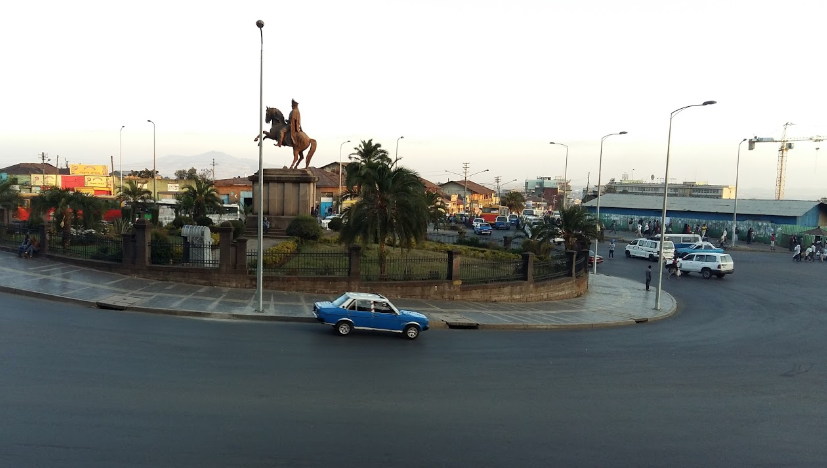
Fortune News | Jun 29,2019
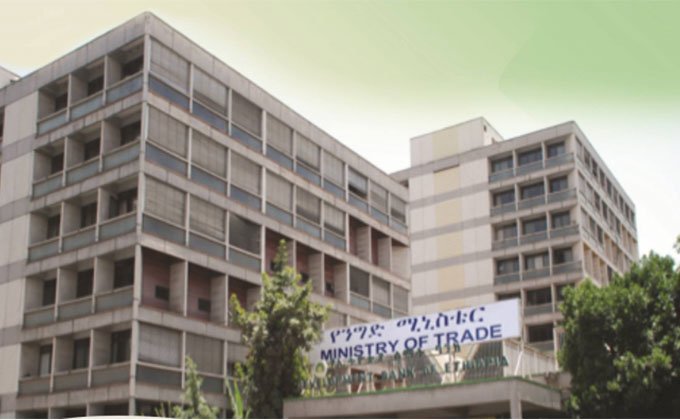
Fortune News | Oct 12,2019

Fortune News | Jan 13,2024

Radar | Jul 25,2020

Fortune News | Feb 06,2021
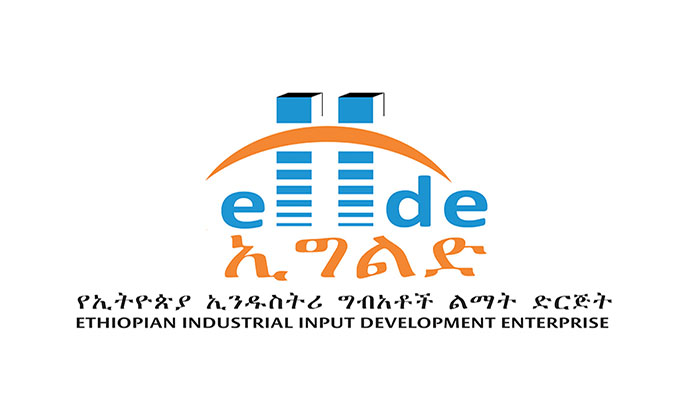
Fortune News | Sep 08,2019

Radar | Sep 23,2023

Dec 22 , 2024 . By TIZITA SHEWAFERAW
Charged with transforming colossal state-owned enterprises into modern and competitiv...

Aug 18 , 2024 . By AKSAH ITALO
Although predictable Yonas Zerihun's job in the ride-hailing service is not immune to...

Jul 28 , 2024 . By TIZITA SHEWAFERAW
Unhabitual, perhaps too many, Samuel Gebreyohannes, 38, used to occasionally enjoy a couple of beers at breakfast. However, he recently swit...

Jul 13 , 2024 . By AKSAH ITALO
Investors who rely on tractors, trucks, and field vehicles for commuting, transporting commodities, and f...

Oct 25 , 2025
The regulatory machinery is on overdrive. In only two years, no fewer than 35 new pro...

Oct 18 , 2025
The political establishment, notably the ruling party and its top brass, has become p...

Oct 11 , 2025
Ladislas Farago, a roving Associated Press (AP) correspondent, arrived in Ethiopia in...

Oct 4 , 2025
Eyob Tekalegn (PhD) had been in the Governor's chair for only weeks when, on Septembe...